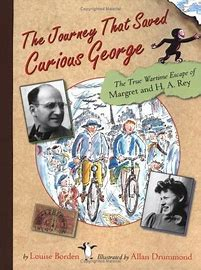"The Name Jar" by Yangsook Choi is a multi-cultural picture book that follows the story of Unhei who moved to America from Korea. She worries that her new classmates won't be able to pronounce her name so she takes suggestions on an American name to try. During this experience, she recognizes the value in her culture and identity. This book explores themes such as accepting oneself, cultural pride, and identity, The illustrations in this book are soft and appear to be done in watercolor. They flow with the story and tie into the action on each page. The subtlety of the artwork keeps focus on the story but adds a soft and beautiful backdrop for what is taking place.
For use in the classroom, the teacher and students can read this book and discuss the significance of diversity and their names. Students would research the origins of their names and create a "name poster" based on their research and anything that makes them who they are. This activity is perfect for teaching inclusion and cultural respect.







